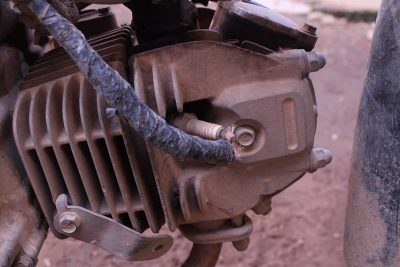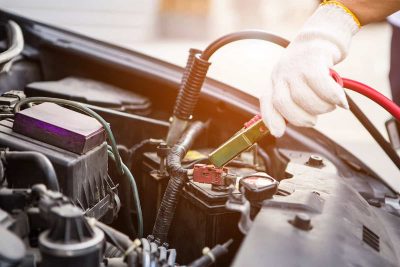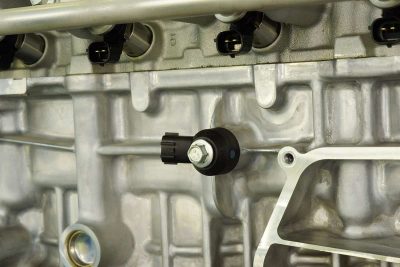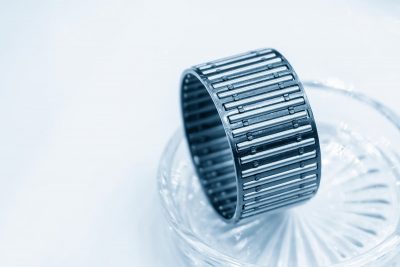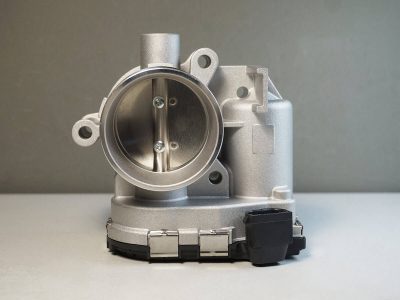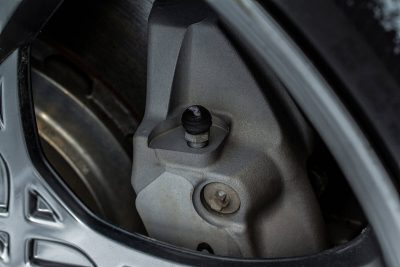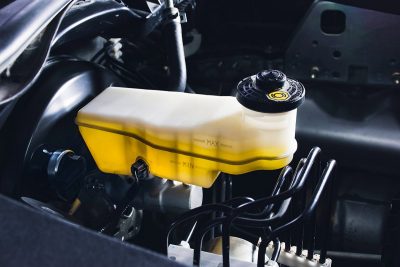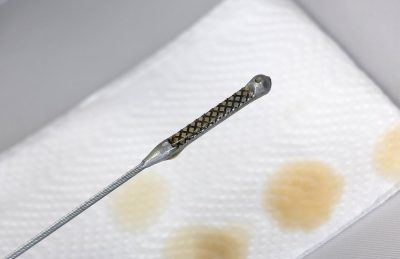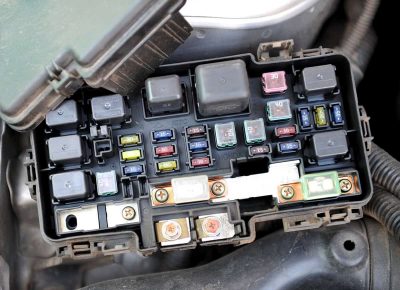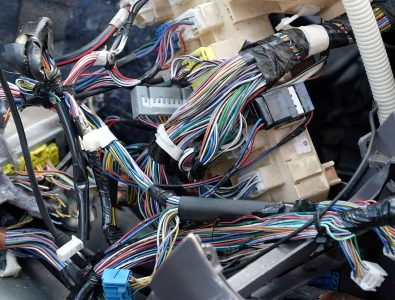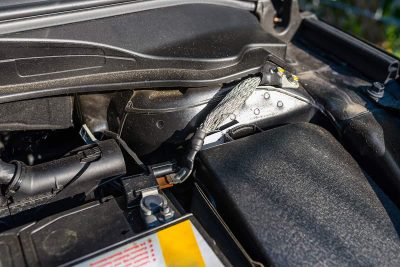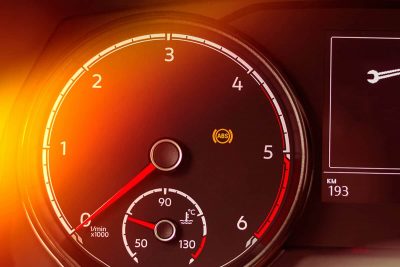A spark plug is a little but mighty component in your car’s engine. It helps kickstart the engine and keeps it running smoothly by igniting a mix of air and fuel. But like other parts, spark plugs can go bad, leading to various engine problems.
Disconnecting the battery can reset the Transmission Control Module (TCM), but it may not necessarily resolve underlying transmission issues. It’s a temporary solution that could help in some cases, but professional diagnosis and repair are often necessary.
As vehicles have evolved, the components within them have become more advanced, ensuring optimum performance and efficiency. One such part is the knock sensor, a key player in the internal workings of an automobile. Despite its critical role, its function often goes unnoticed until something goes wrong—when it becomes faulty.
Needle bearings are specialized types of bearings featuring slender, cylindrical rollers. They are used to reduce friction and handle heavy loads in car parts like transmissions and wheel hubs, ensuring your vehicle runs smoothly.
The throttle controls how much air is let into the engine. This, in combination with the fuel, dictates how your car performs on the road. A properly functioning throttle body is vital for smooth acceleration, optimal fuel efficiency, and overall engine performance. If this component malfunctions, it can lead to a number of issues that could impair your vehicle’s performance, causing potential headaches and unexpected garage visits.
A bleeder valve is a component that allows excess air to escape from the brake system, thereby maintaining brake responsiveness and safety. Symptoms of a bad bleeder valve in your car may include a spongy brake pedal, unusual noises when braking, visible brake fluid leaks, or overall diminished brake performance.
The role of brake fluid in a vehicle’s braking system is ensuring a safe and controlled driving experience. Often overlooked, the brake fluid’s boiling point plays a critical role in maintaining optimal braking performance, as it directly impacts the overall system’s functionality.
Engine oil reduces friction in your engine, cooling engine parts, and maintaining overall engine performance. However, not many people are aware that the color of the engine oil can reveal a lot about the engine’s health and the need for maintenance.
Our vehicles rely on a number of important components to function properly, and the alternator fuse is one of them. The fuse is a crucial safeguard that prevents damage to the alternator and other electrical components. Just like any other part of a vehicle, the alternator fuse can fail, leading to a variety of issues.
Car wiring transmits electrical signals and energy to every component that needs it. From starting the ignition, powering your headlights, to ensuring your radio tunes in to your favorite station, the complex labyrinth of wires under the hood plays a pivotal role. However, wiring can go bad, creating a spectrum of problems that could range from annoying to dangerous.
The engine ground of a car provides a pathway for electricity to return safely after powering up your vehicle’s many gadgets. It’s a bit like a guardrail, ensuring all the electricity stays on track. But sometimes, this guardrail can get damaged or worn out, and you should do your best to figure out why.
The ABS (Anti-lock Braking System) is an essential safety feature in your vehicle that helps you maintain control while braking. When the ABS light comes on, it’s a signal that something might be wrong with the system.
